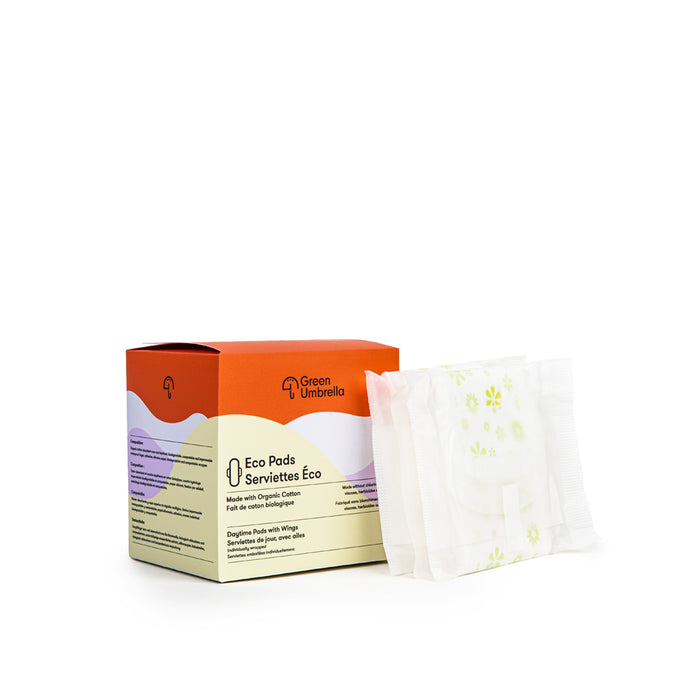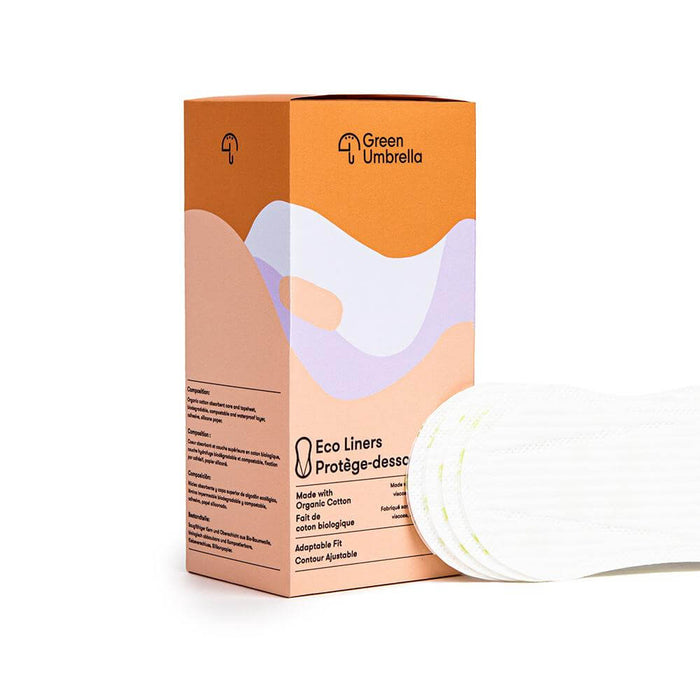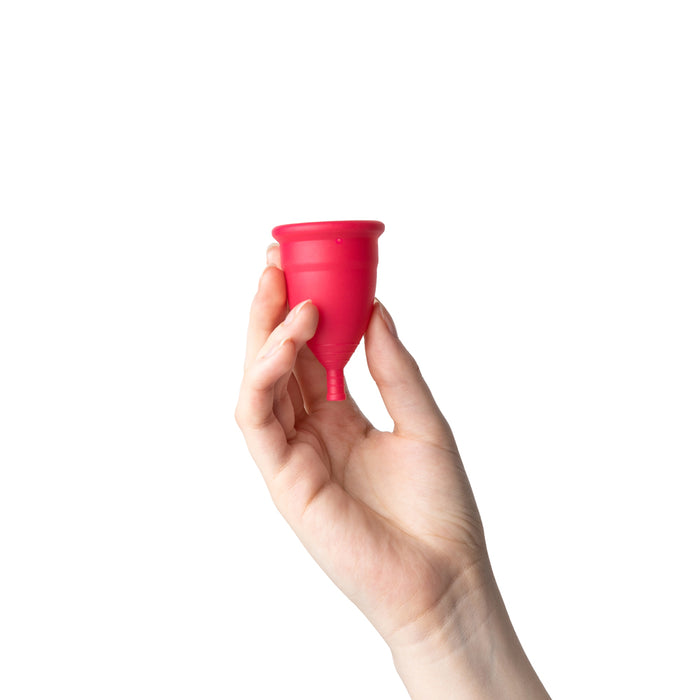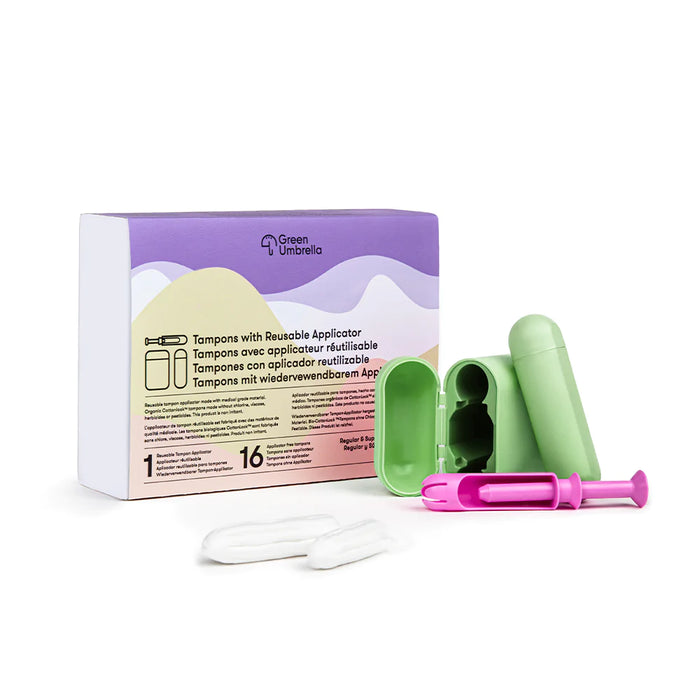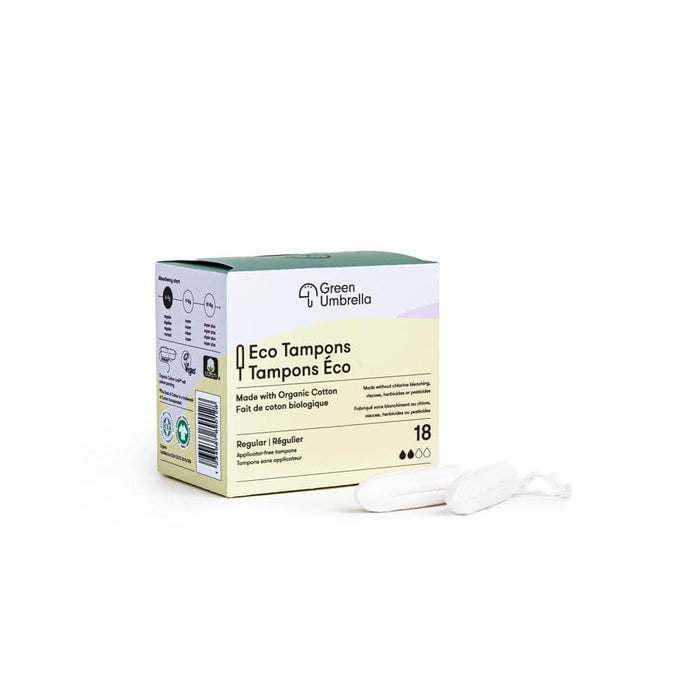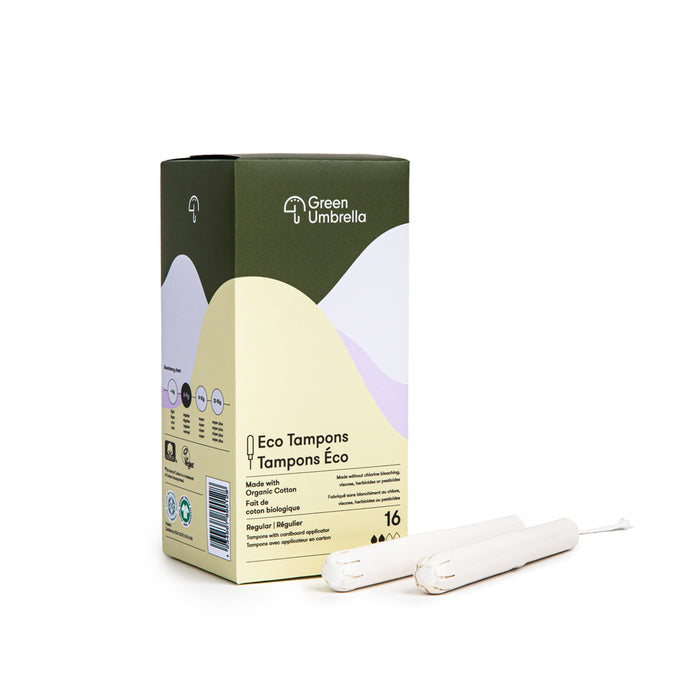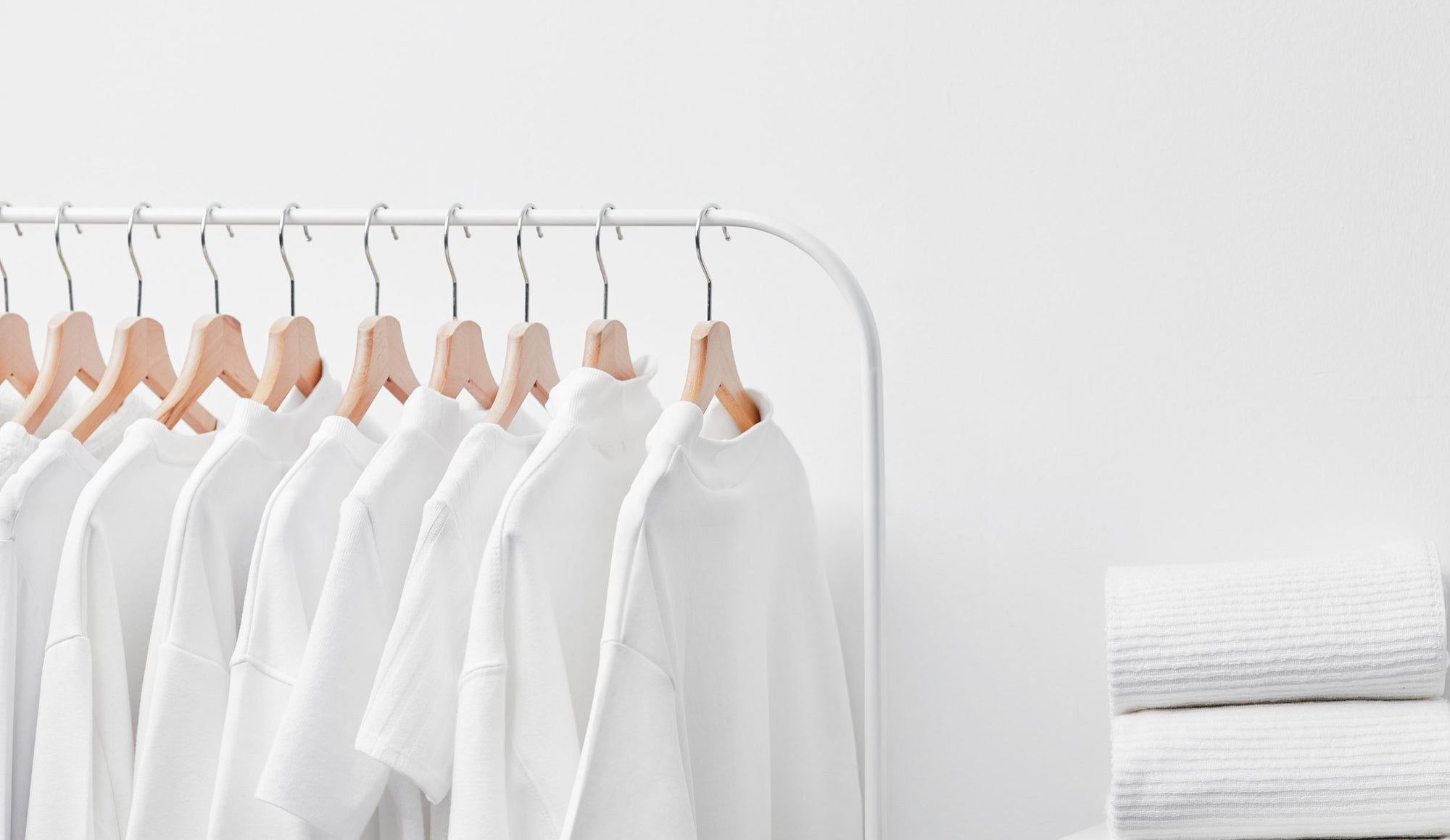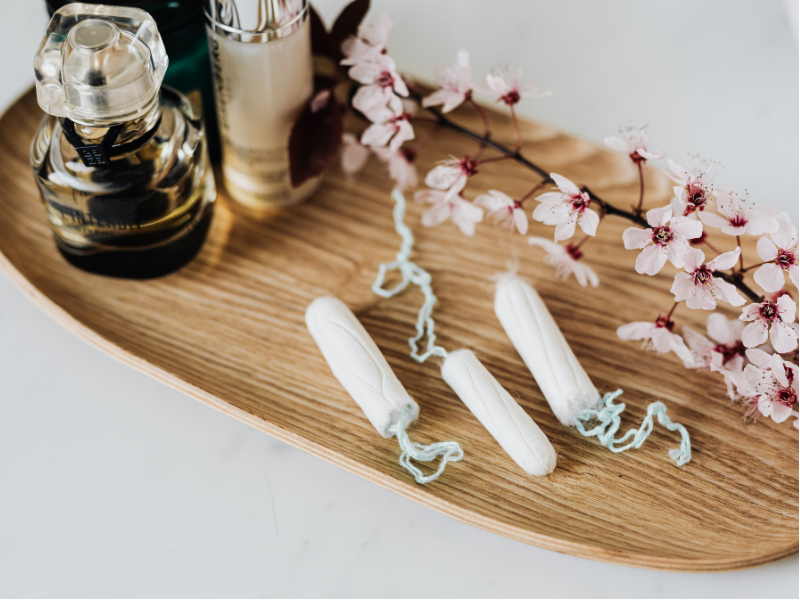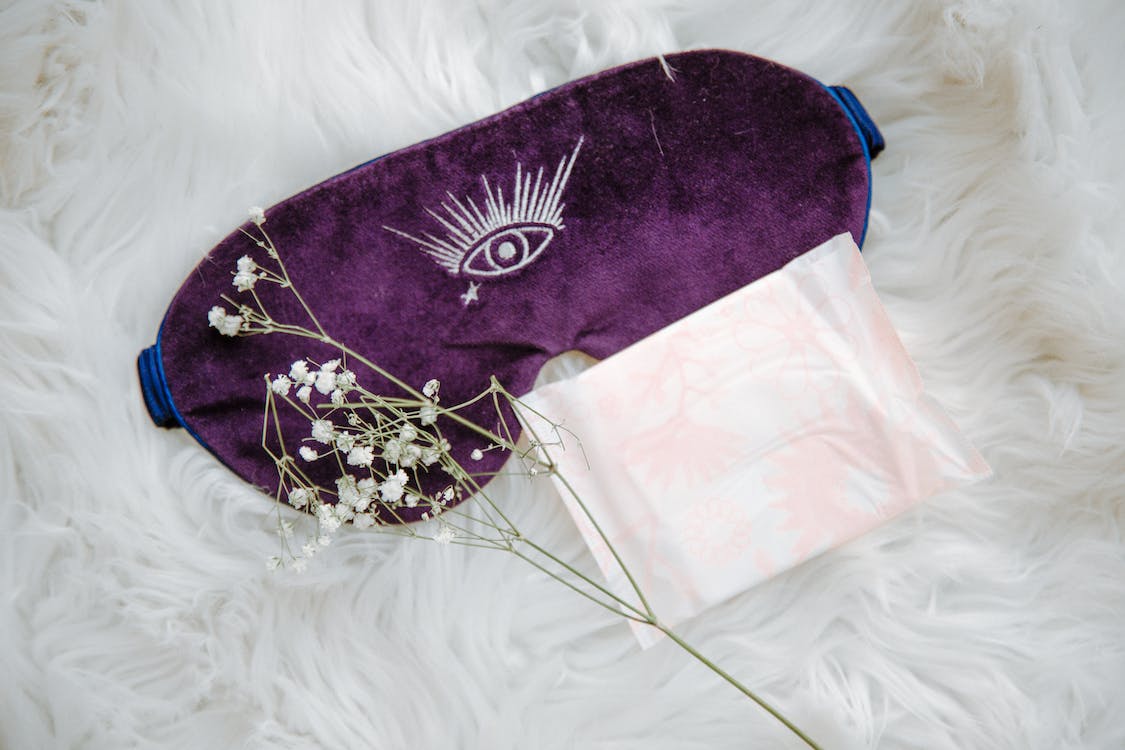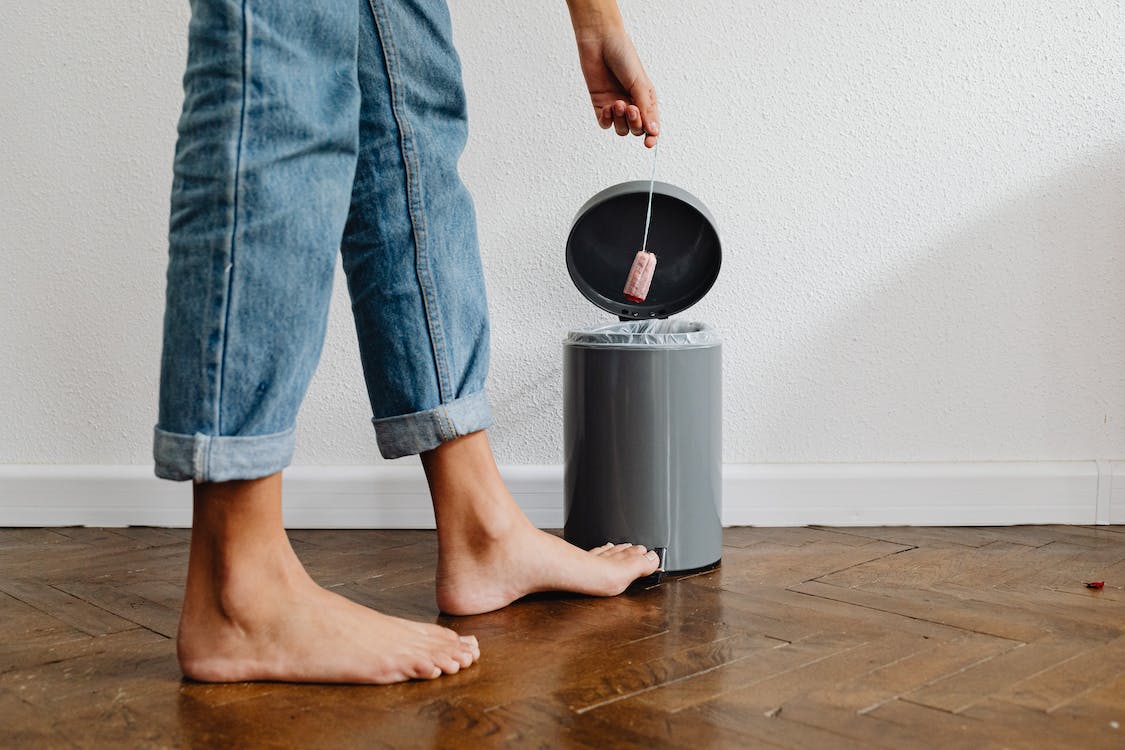The Rayon Problem
You may or may not realize, but the material used to produce pads and tampons for North America’s market leading menstrual products looks and feels like organic cotton, but really does not behave like organic cotton in absorbent environments.
If you’re not buying organic cotton tampons and pads, you’re likely inserting and/or using products that are made from rayon - a semi-synthetic fibre that entered mainstream production for socks, lingerie, and other clothing in the 1920's. At this time, it was discovered that nitrocellulose - which is cellulose treated with nitric acid - from wood pulp could be turned into a fiber. Nitrocellulose alone is a highly flammable material though, and requires chemical processing to turn it into the rayon that is used in most pads and tampons.
A hundred years later, scientists have found new materials to work with, and new chemical treatment processes that ultimately deliver rayon, but none are free from chemical processing. Regardless of the production process, my biggest issue is with the performance of rayon.
...Regardless of the production process, my biggest issue is with the performance of rayon.
Rayon is pretty good at its job... I mean it’s fine - it absorbs stuff well enough. But it's still an inferior material to organic cotton in menstrual products because rayon products' fibers break apart in wet environments.
Seeing this happen in real time became a pillar in the founding of Only; we needed to make organic cotton pads and tampons accessible to Canadians. Check out this video of an at-home experiment that shows a rayon tampon versus an organic cotton tampon in a glass of water:
...Seeing this happen in real time became a big pillar in the founding of Only; we needed to make organic cotton pads and tampons accessible to Canadians.
So ya, maybe rayon is fine for making clothes and socks, but we don’t put socks in our vaginas. At least, we don't recommend that you do.
Between the rayon on the inside, and single-use plastic on the outside that market leaders are using, I think that both you and our planet deserve better. That’s why Only is dedicated to bringing you organic cotton products.


